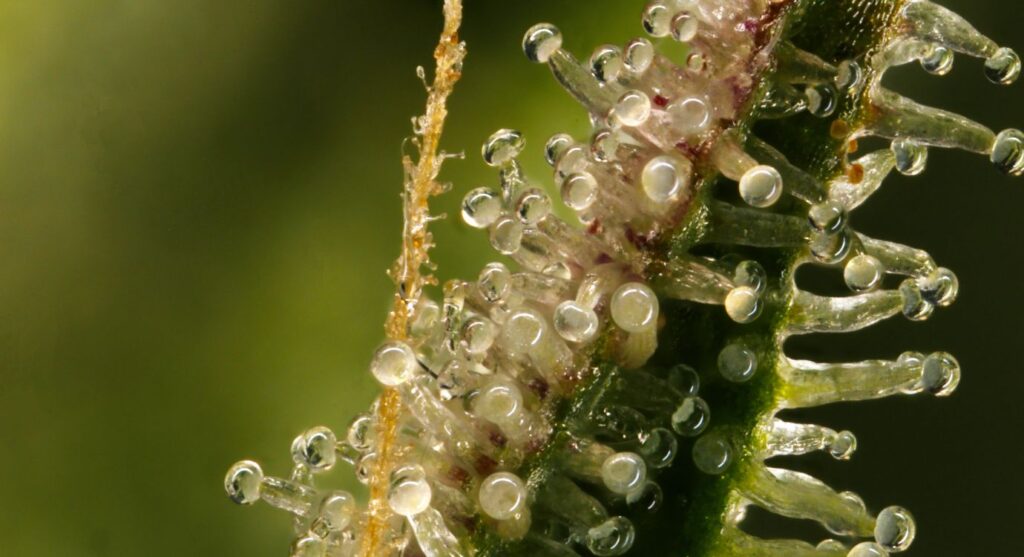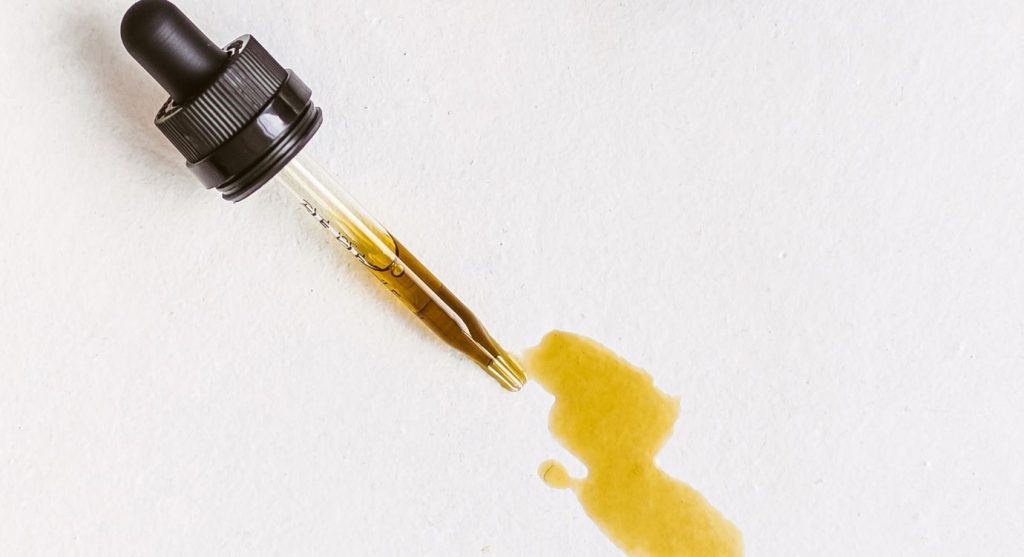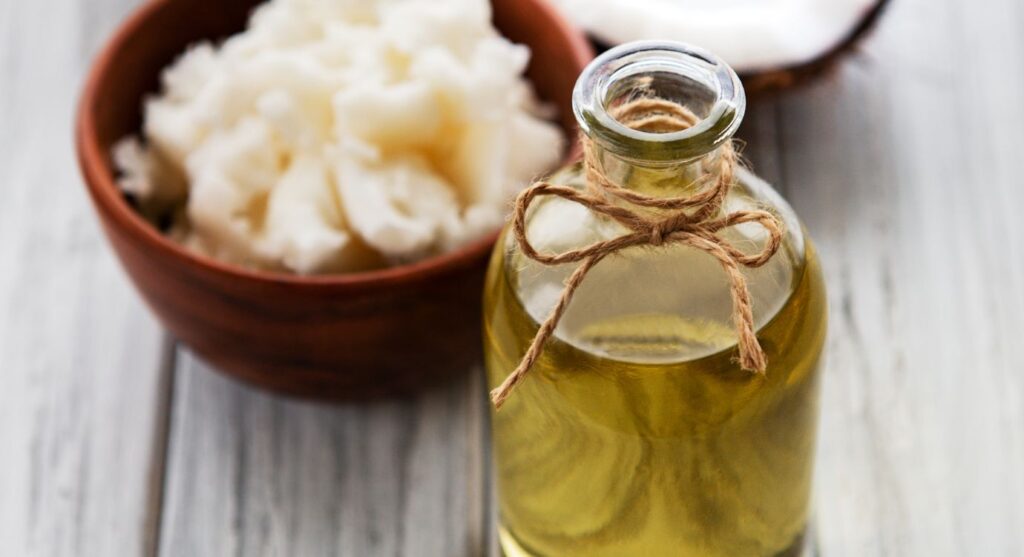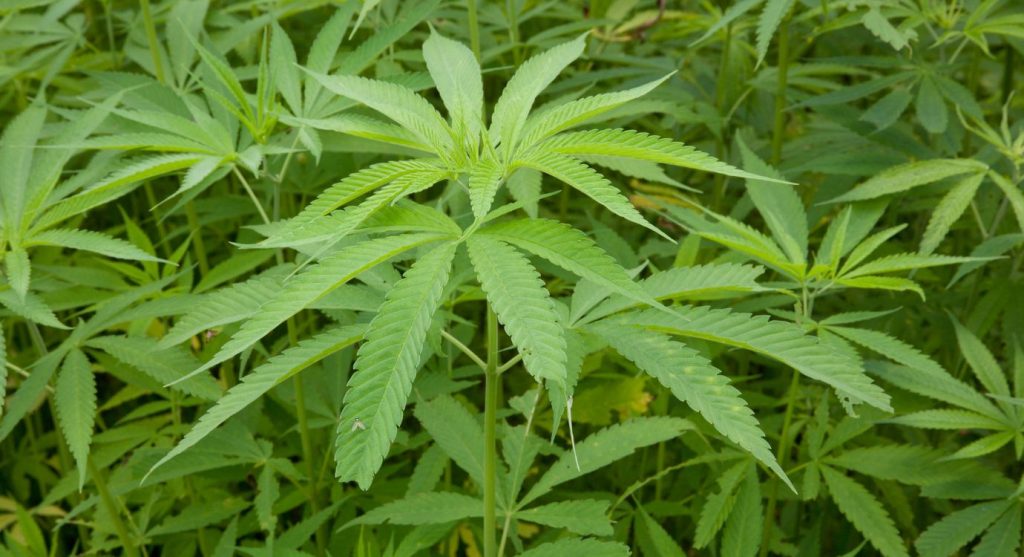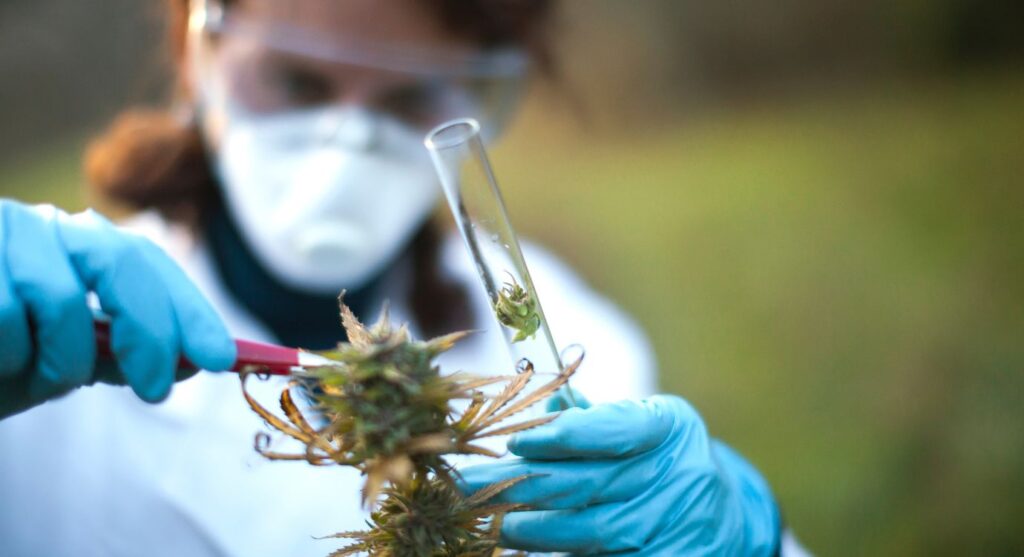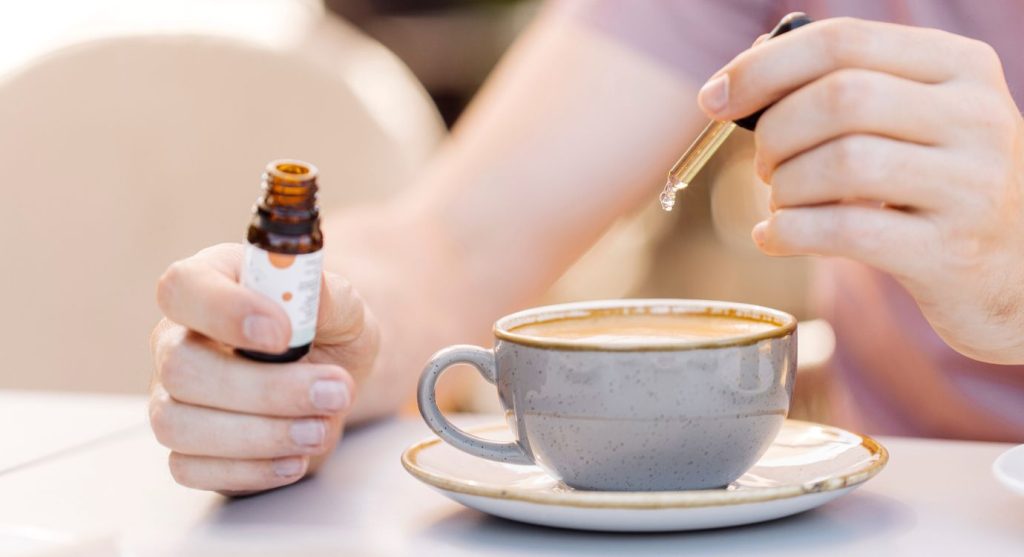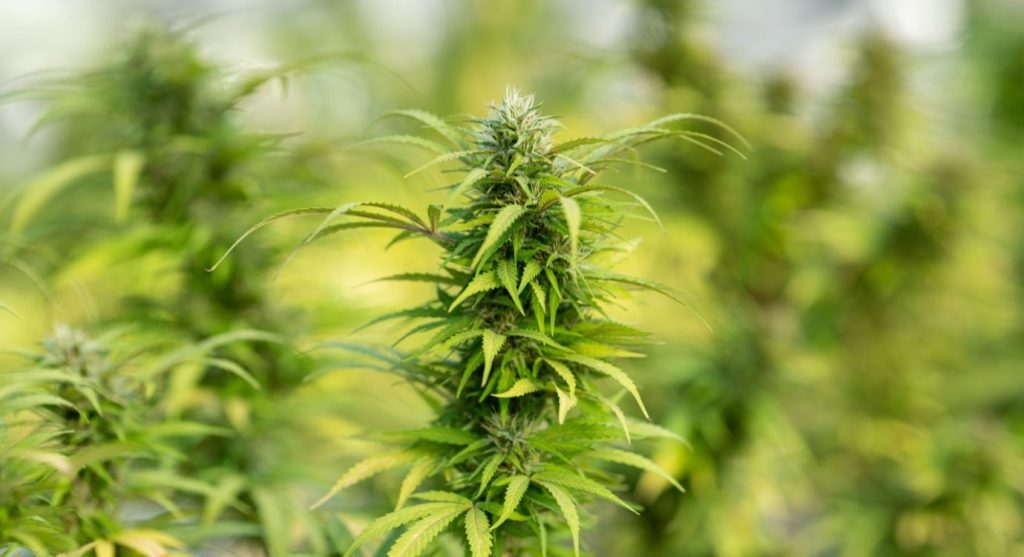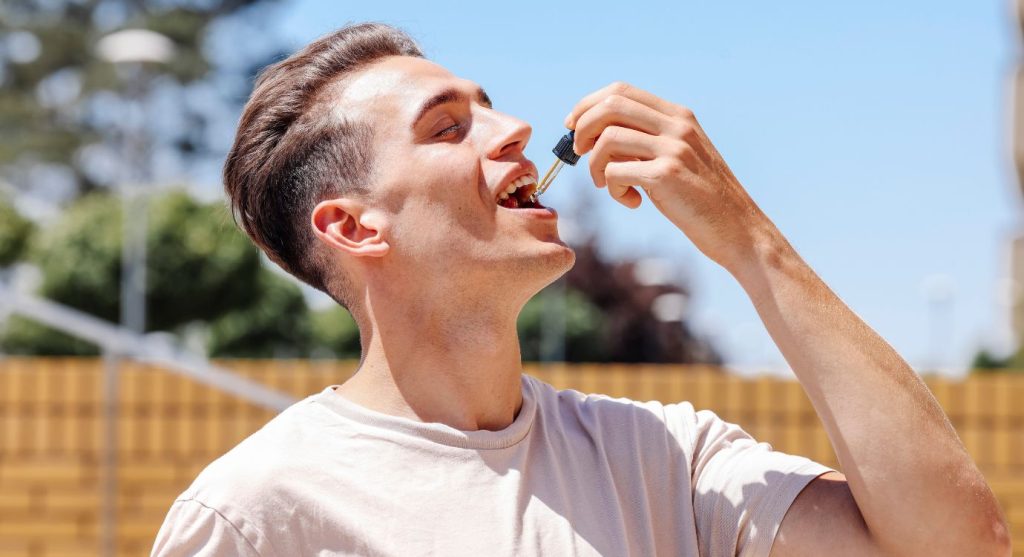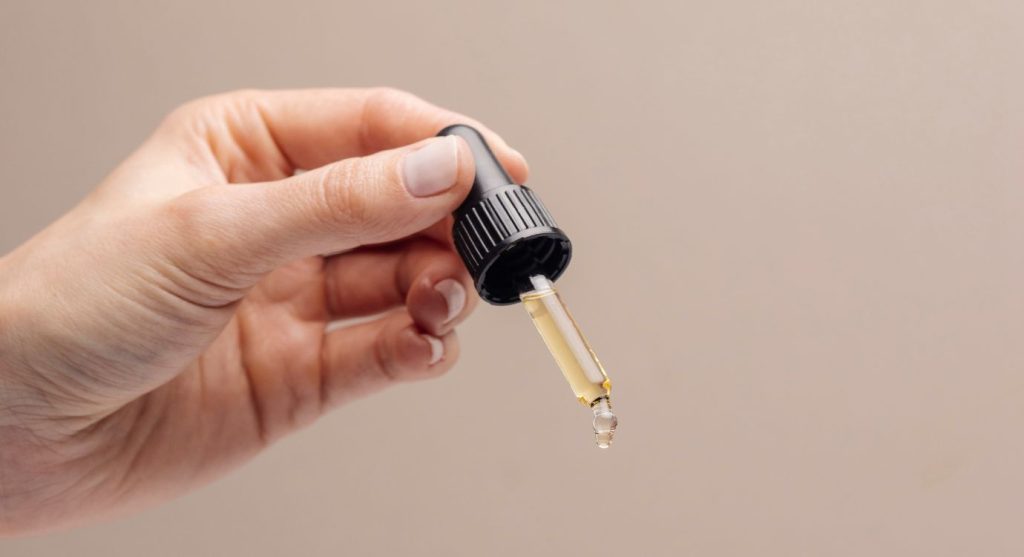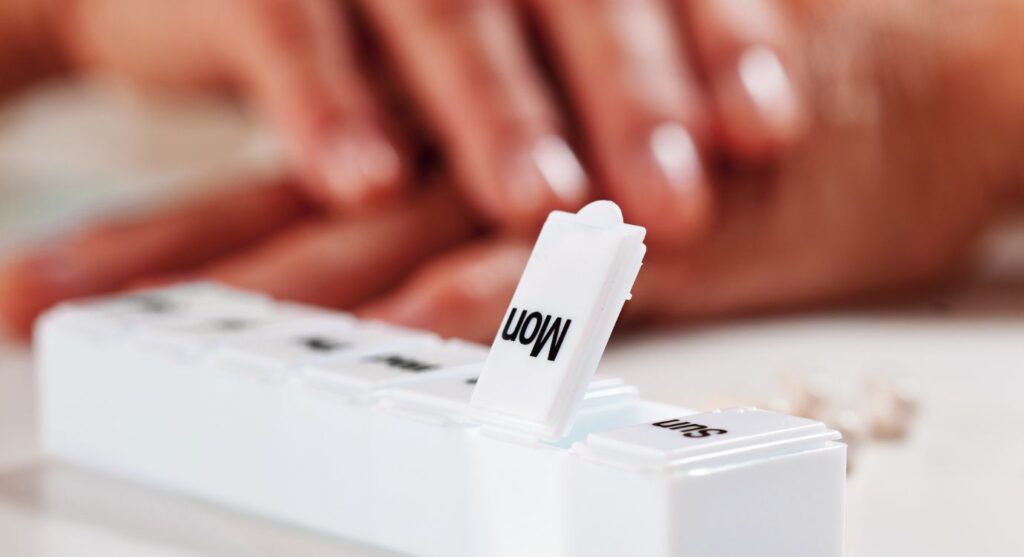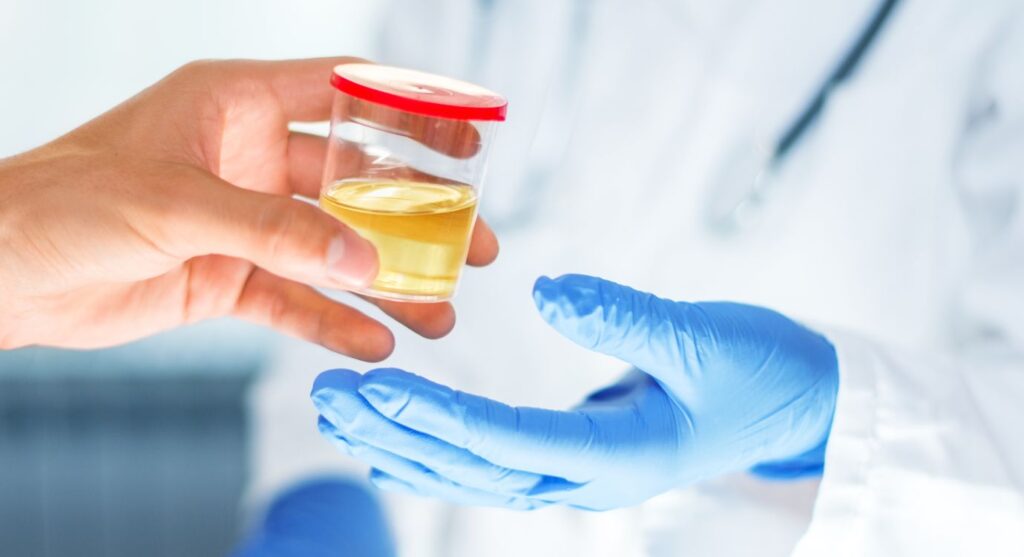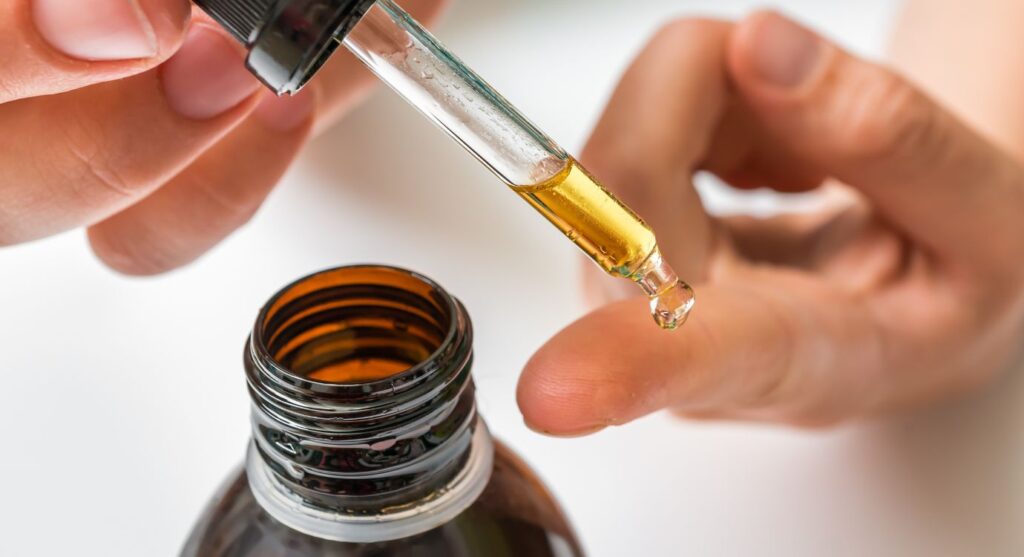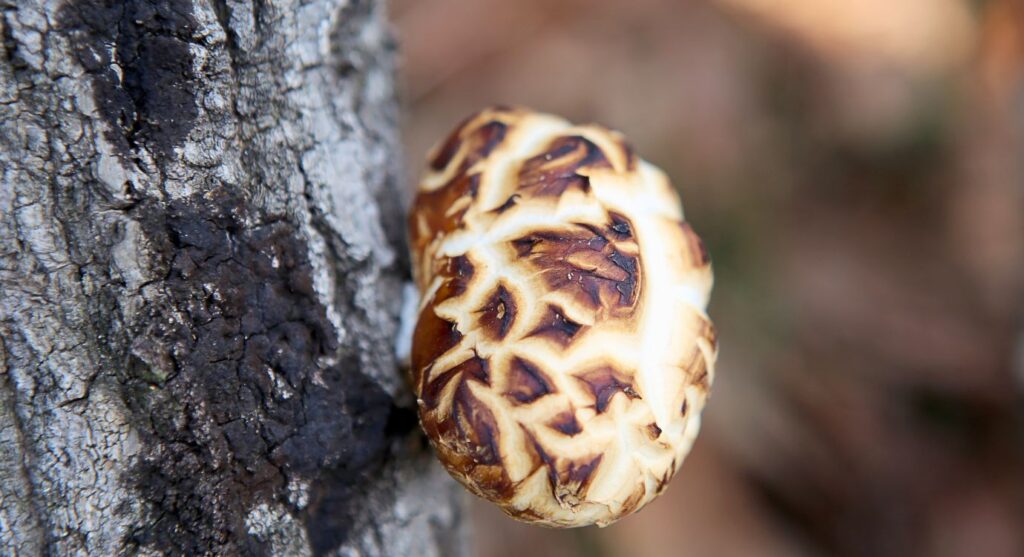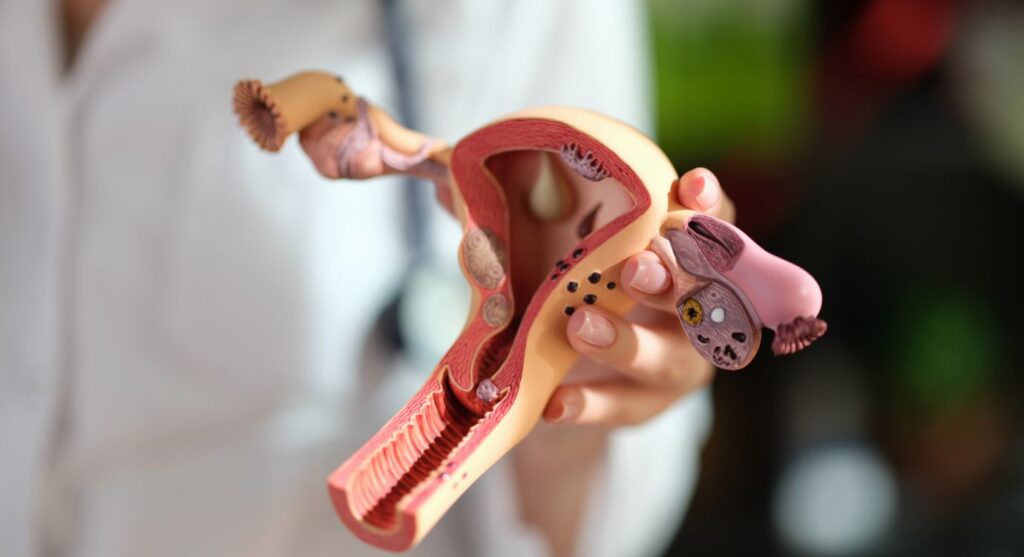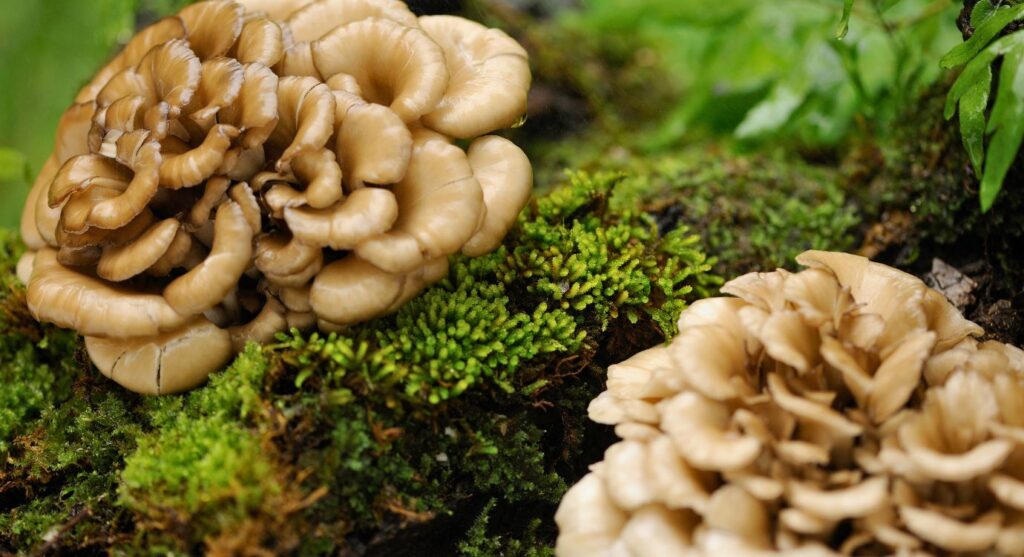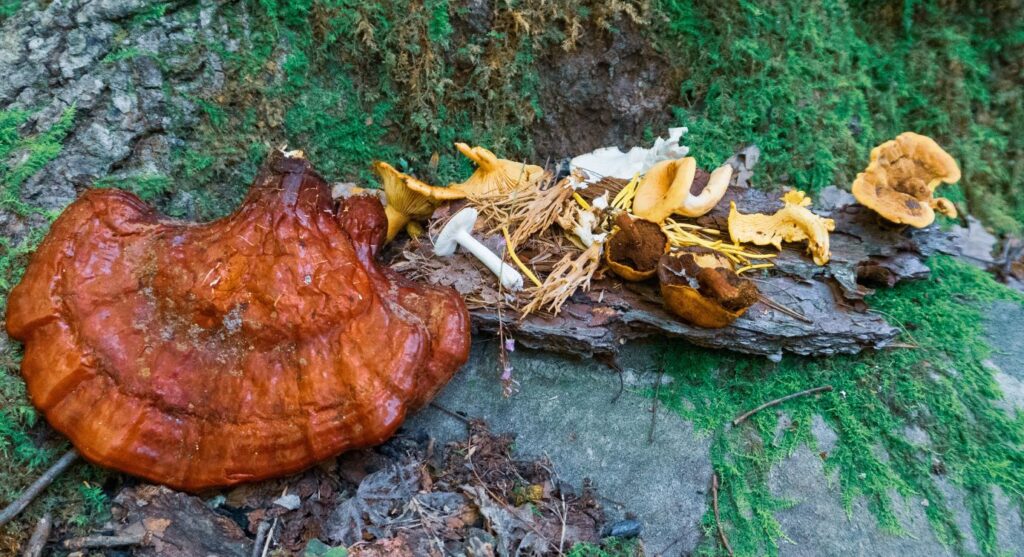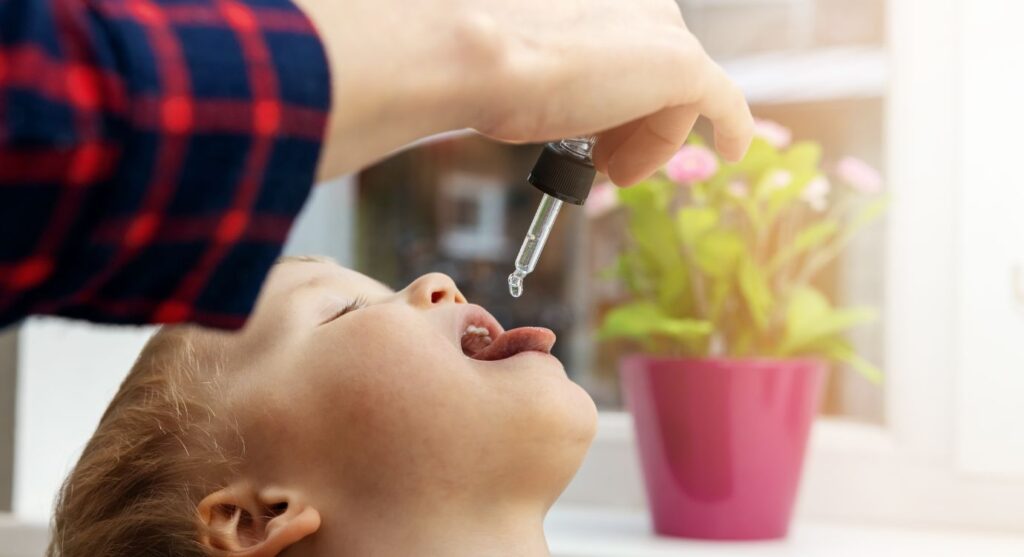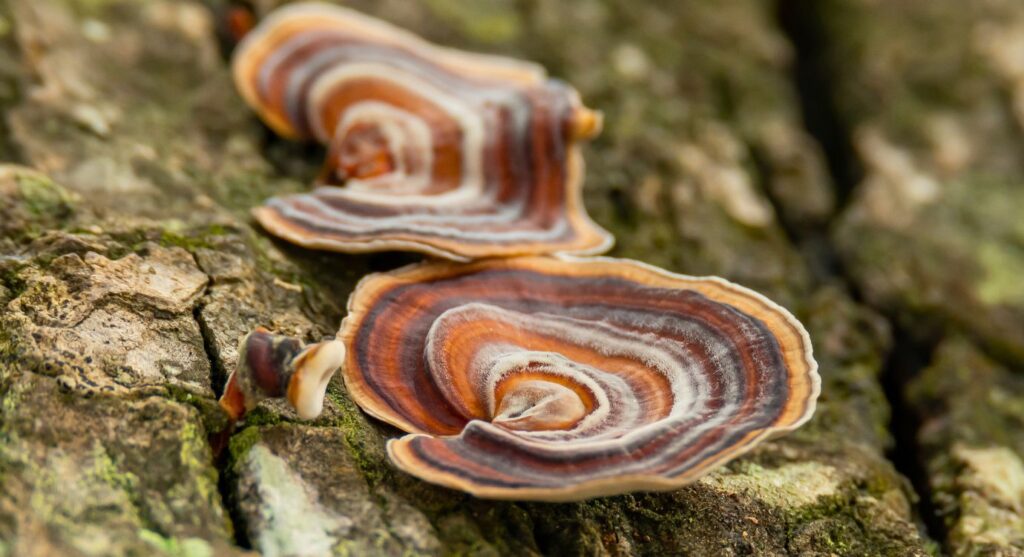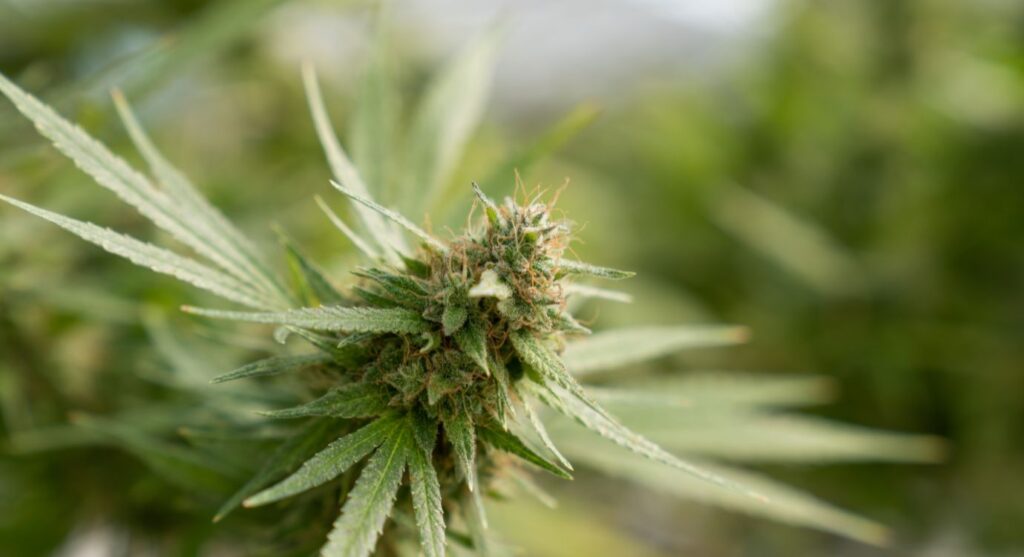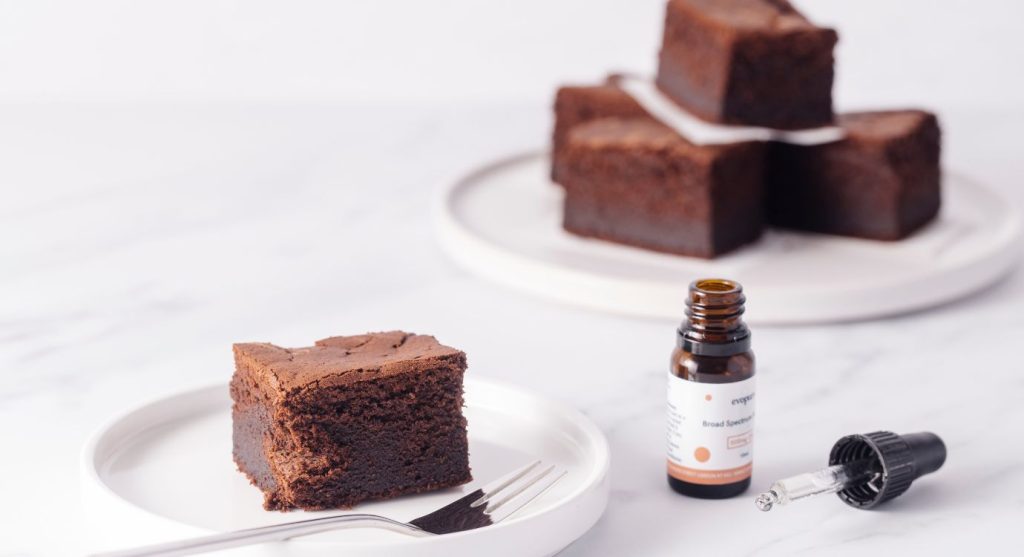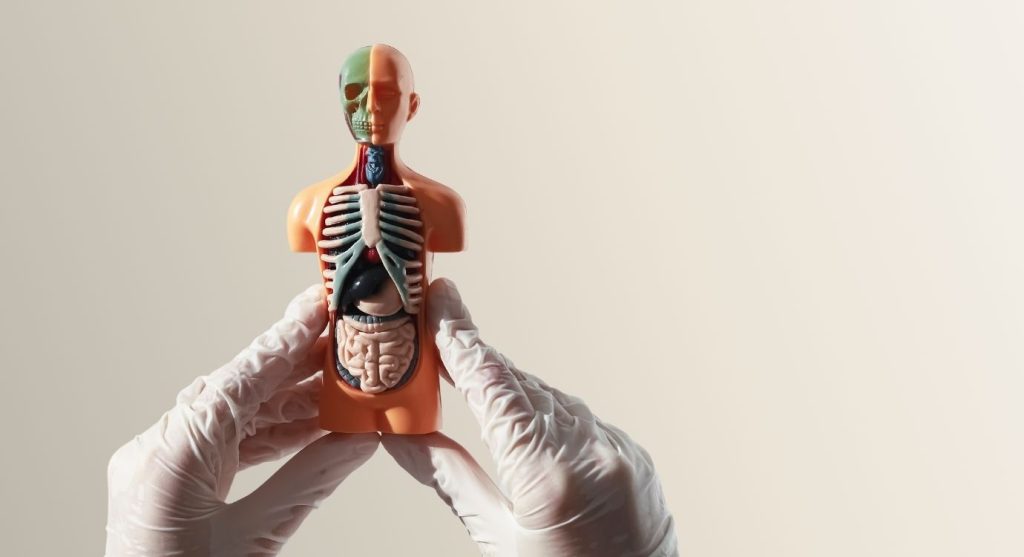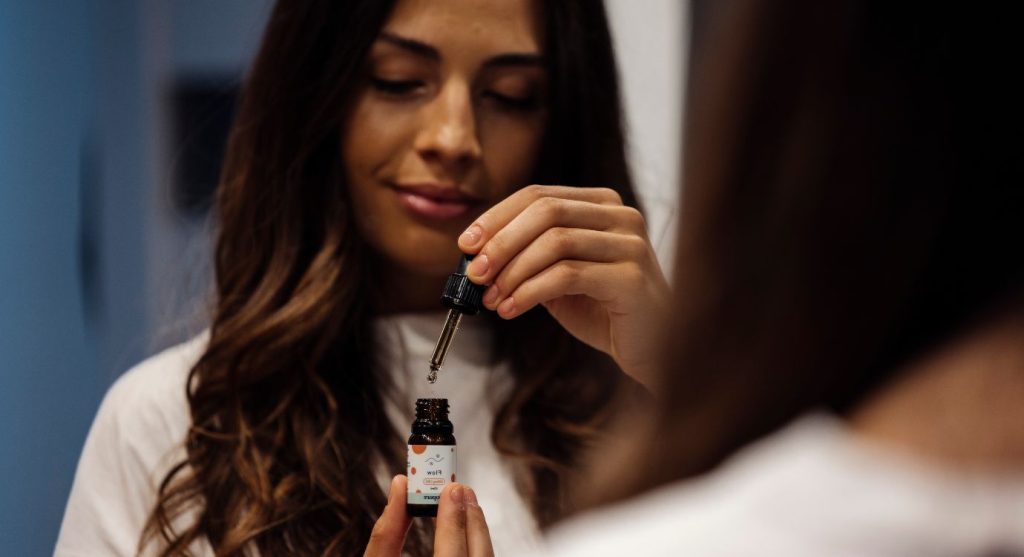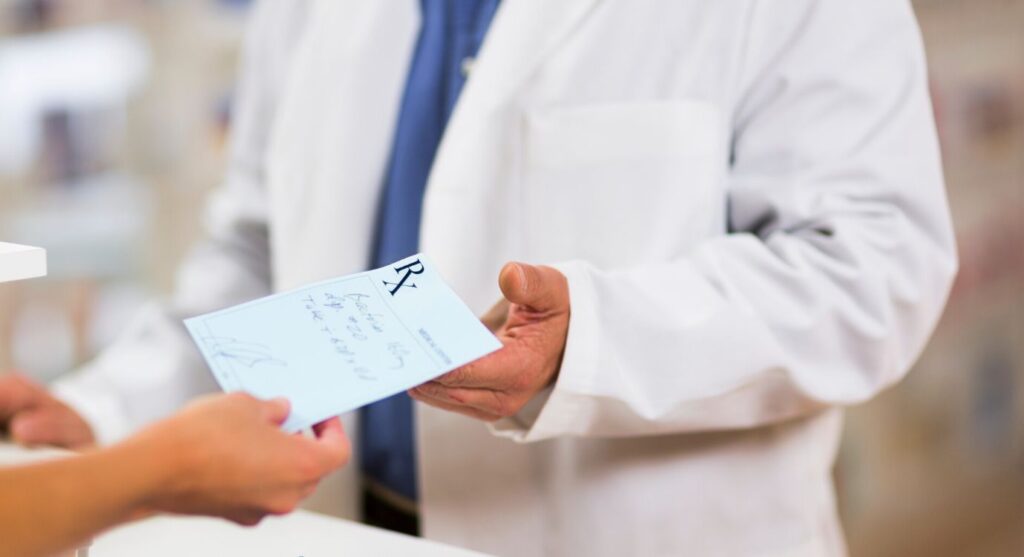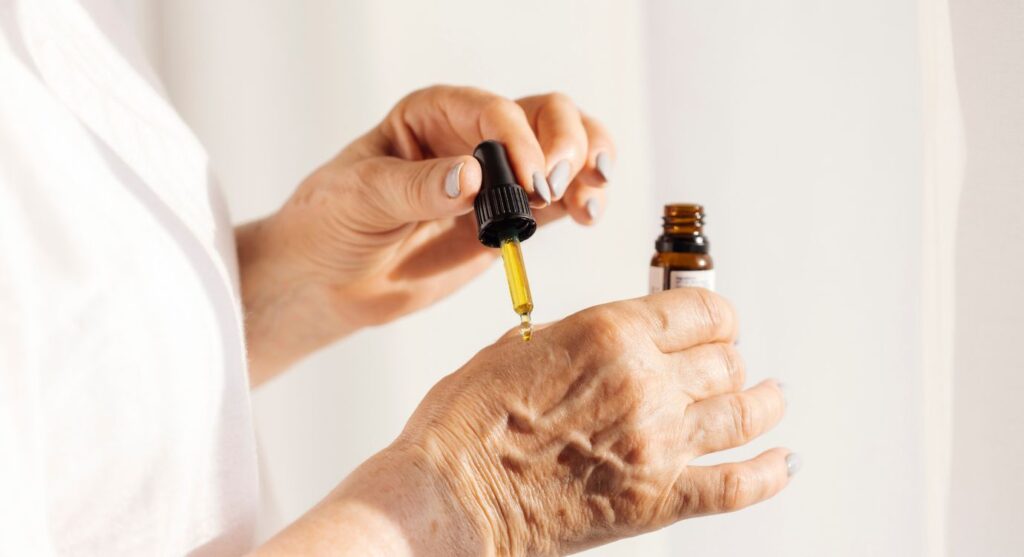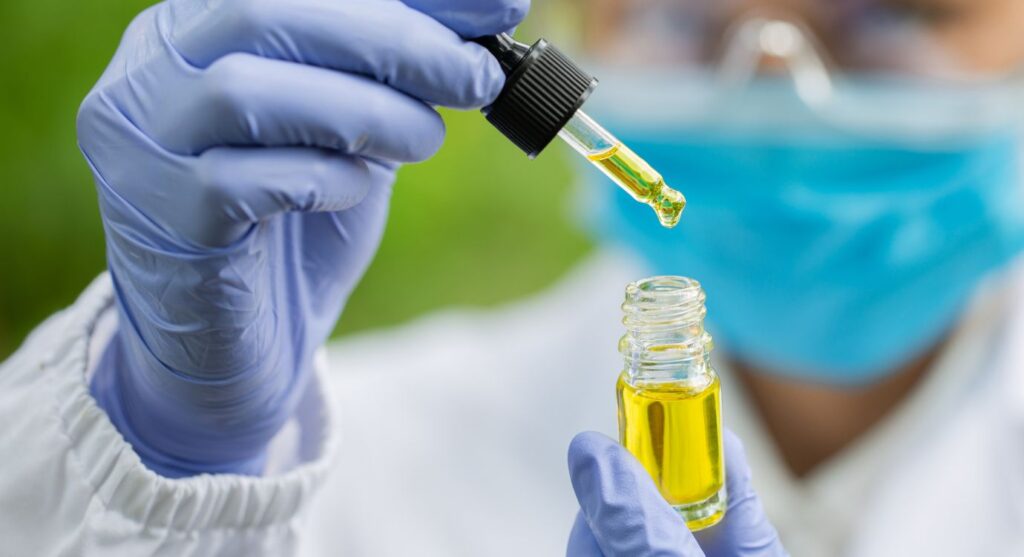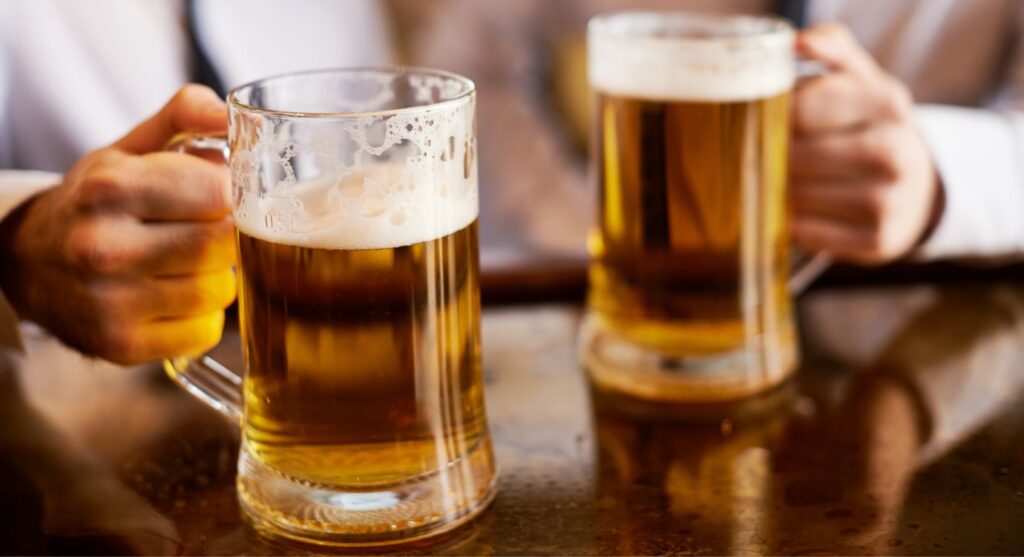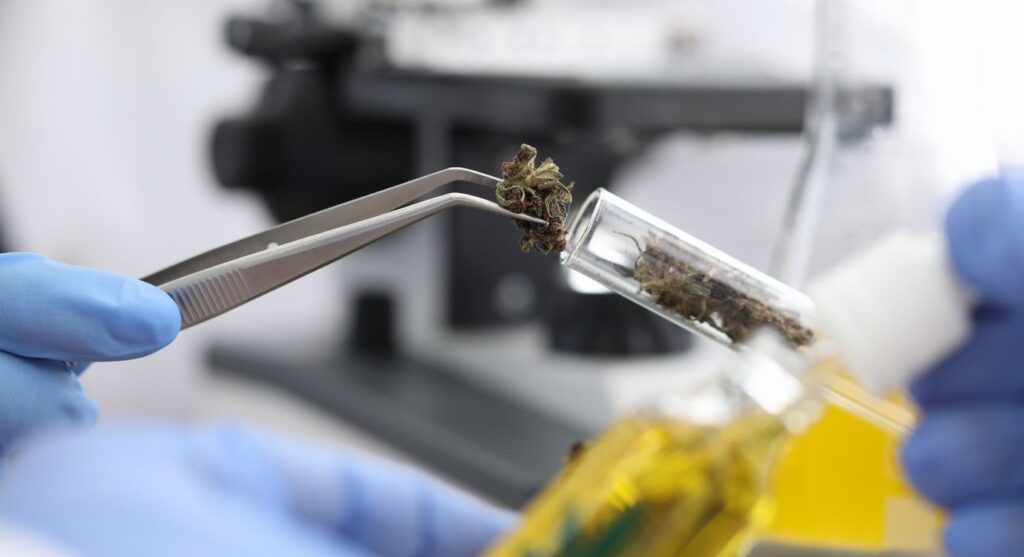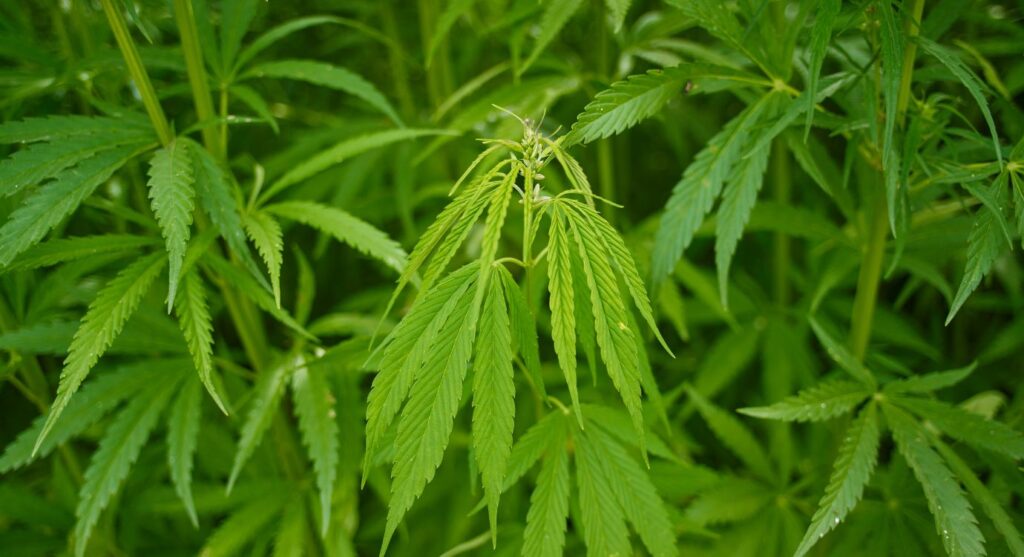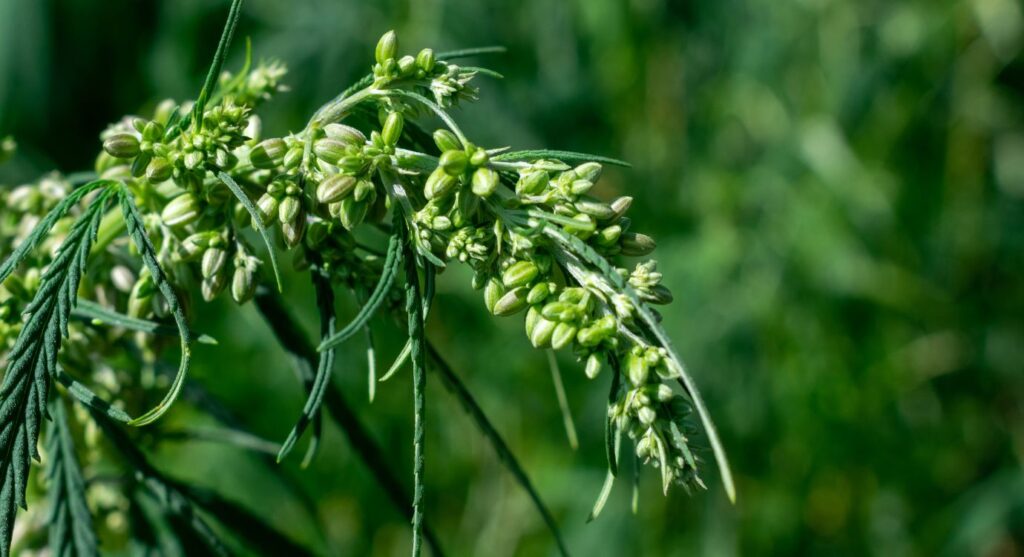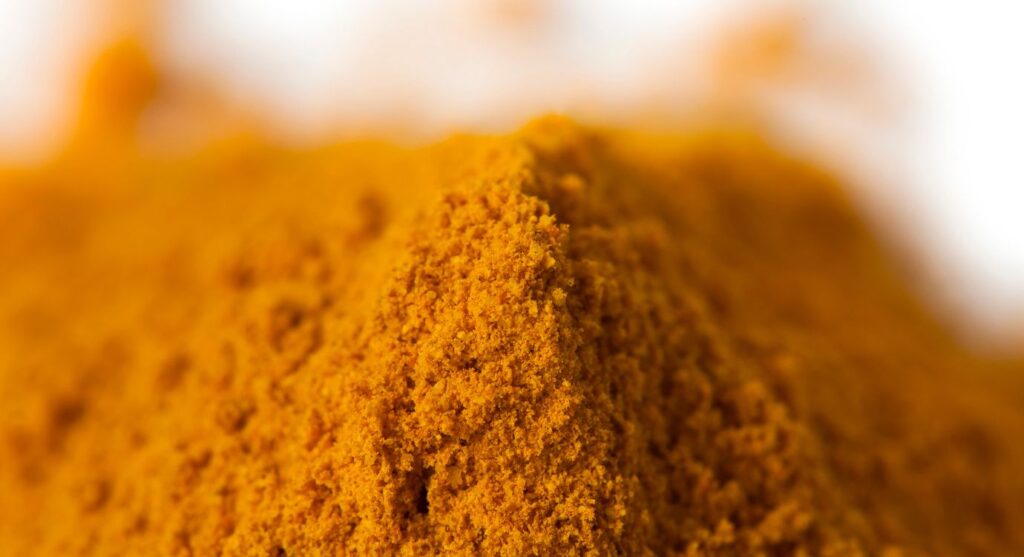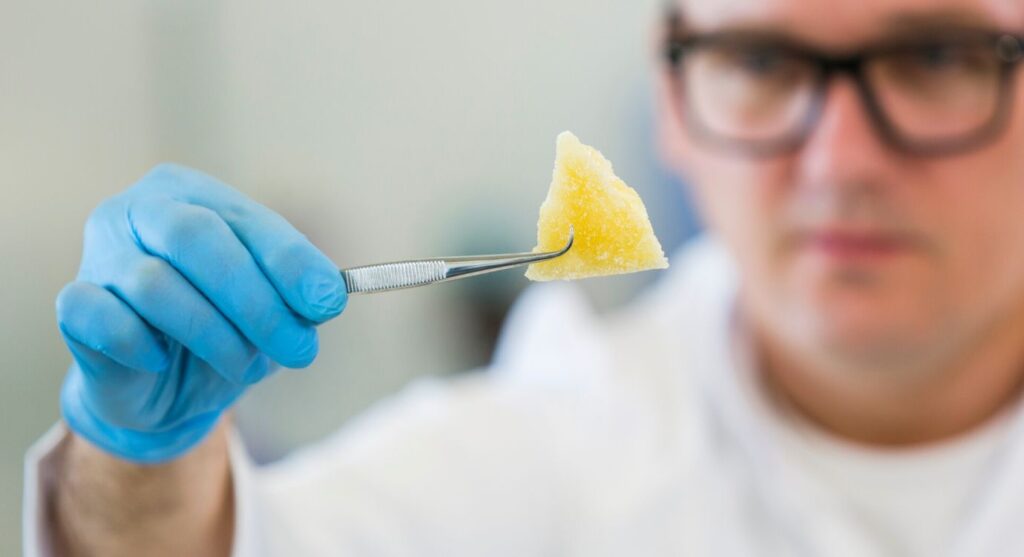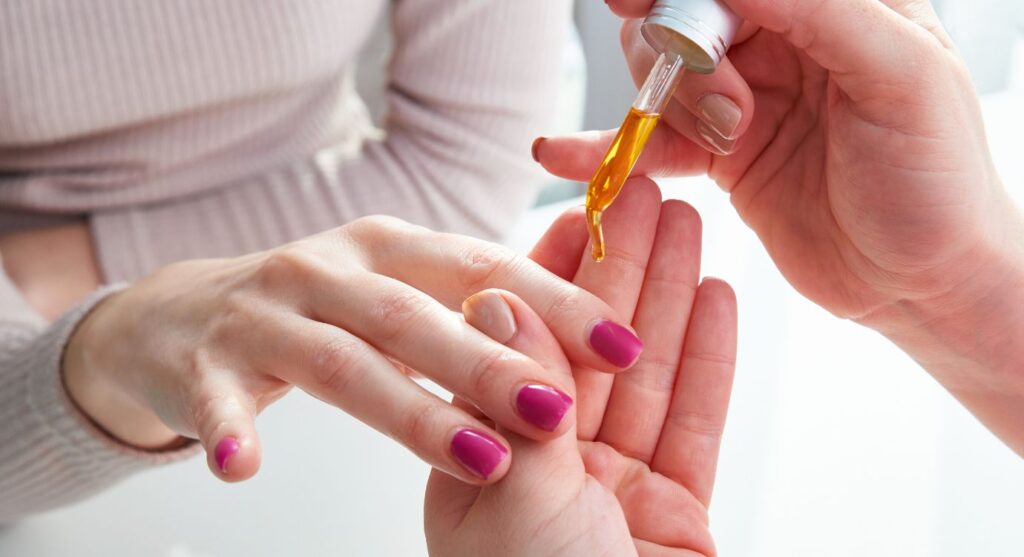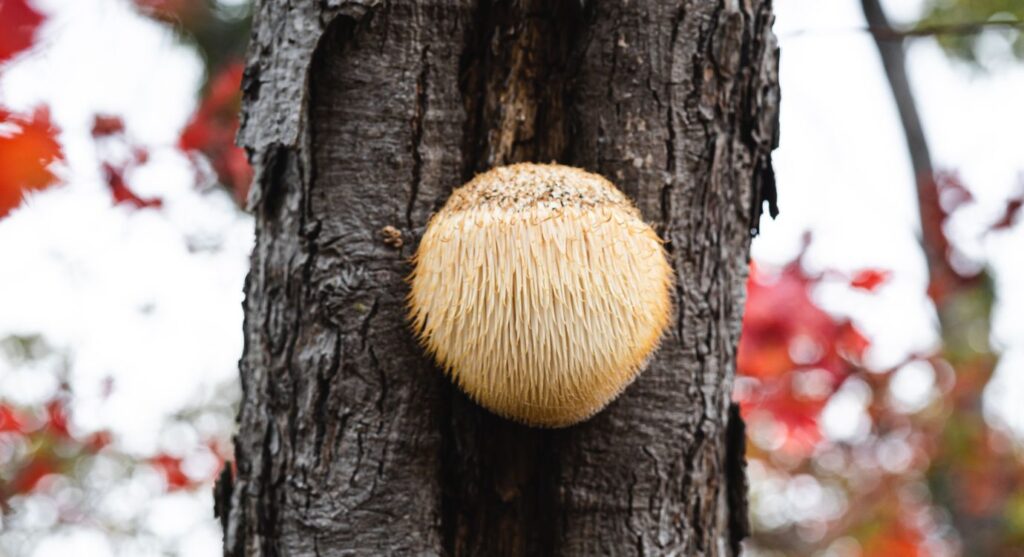Introducing the mother molecule of the major compounds – the Queen herself: Cannabiderolic acid, otherwise known as CBGa.
But what is CBGa, and what part does this intriguing compound play in the therapeutic value of cannabis and hemp?
In this article, we’ll cover everything you need to know about CBGa – with a little bit of myth-busting sprinkled along the way.
- What is CBGa?
- What benefits are associated with this vital compound?
- Is CBGA better than CBD? Can we even compare them?
Read on to find out!
In this guide:
What is CBGa?
All cannabinoids start life as CBGa.
Naturally, then, CBGa is found in higher concentrations in young plants.
As the plants mature, CBGa is converted into THCa, CBDa and other cannabinoids.
CBGa is produced in the cannabis plant’s trichomes. It performs a crucial task, triggering what’s called ‘plant cell necrosis’ in the leaves; a sort of natural form of pruning. This process helps direct energy reserves towards the flowers as they mature.
In the vast majority of cannabis strains, the CBGa then converts into either CBD or THC. In some cases, CBGa converts into CBG; but this is far less common.
Read more: CBD vs THC
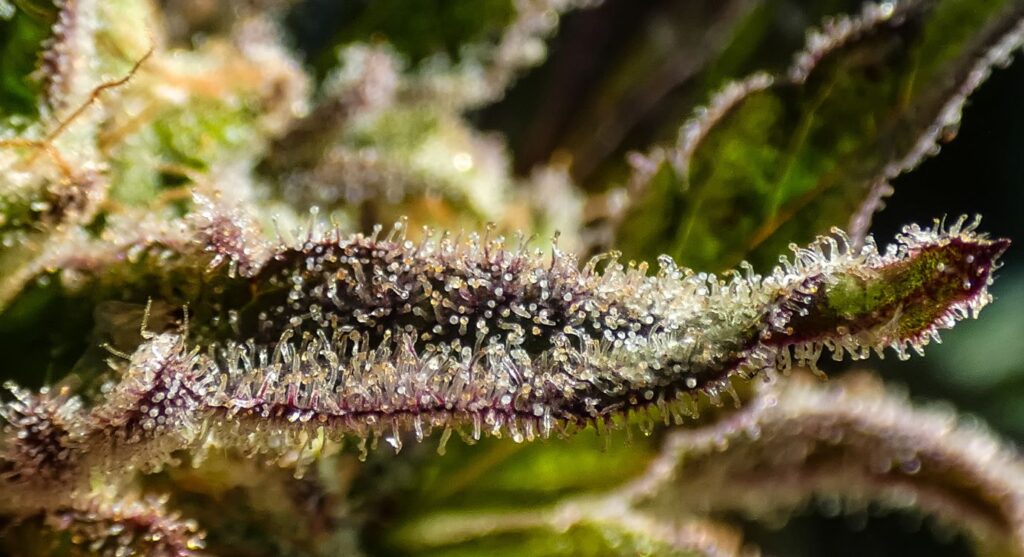

Is CBGa a cannabinoid?
There’s a lot of misinformation floating around on this subject, but technically CBGa isn’t a cannabinoid. Rather, it’s a foundational molecule, critical to the formation of major cannabinoids.
Read more: Guide to cannabinoids
What is CBGA used for?
CBGa is thought to be a promising compound with therapeutic potential and is currently being studied for a number of potential benefits.
However, you can’t buy isolated CBGa in the UK, and it’s not being extracted and utilised in any medicines for clinical use – as yet.
As our understanding of CBGa grows, so will it’s demonstrable uses.
CBGA benefits
Research into the benefits of CBGa is still in its early stages, but the breadth of this research is certainly promising.
CBGa is not only the subject of studies for human health; it is also of interest to the cosmetic, veterinary and food industries.
Let’s take a quick look at some of the ongoing research:
CBGa and cardiovascular disease
CBGa has been the subject of studies into the treatment and prevention of cardiovascular disease.
For example, CBGa was found to inhibit the synthesis of the enzyme aldose reductase. This significantly contributes to oxidative stress, leading to many heart problems.
CBGa and metabolic disorders
A 2019 in silico study (computer simulation) found that CBGa could help treat metabolic disorders, including type 2 diabetes and dyslipidemia.
CBGa is thought to activate PPAR receptors, which do not function correctly in individuals with certain metabolic disorders.
Read more: CBD oil for diabetes
CBGa and cancer
CBGa might also offer some benefits for patients with colorectal cancer. CBGa was found to have cytotoxic effects on colon cancer cells.
It not only prompted early cell death but also arrested the cancer cell cycle. CBGa was also effective in preventing the growth of polyps.
CBGa and COVID-19
Both CBGa and CBDA have recently been investigated for their potential to prevent infection from SARS-CoV-2 – the virus responsible for COVID-19.
The cannabinoid acids were found to bind to the spike proteins on the virus and may also reduce infections or infection severity.
When the researchers took human cells and incubated them with either CBDA or CBGA, the virus was undetectable after 24 hours.
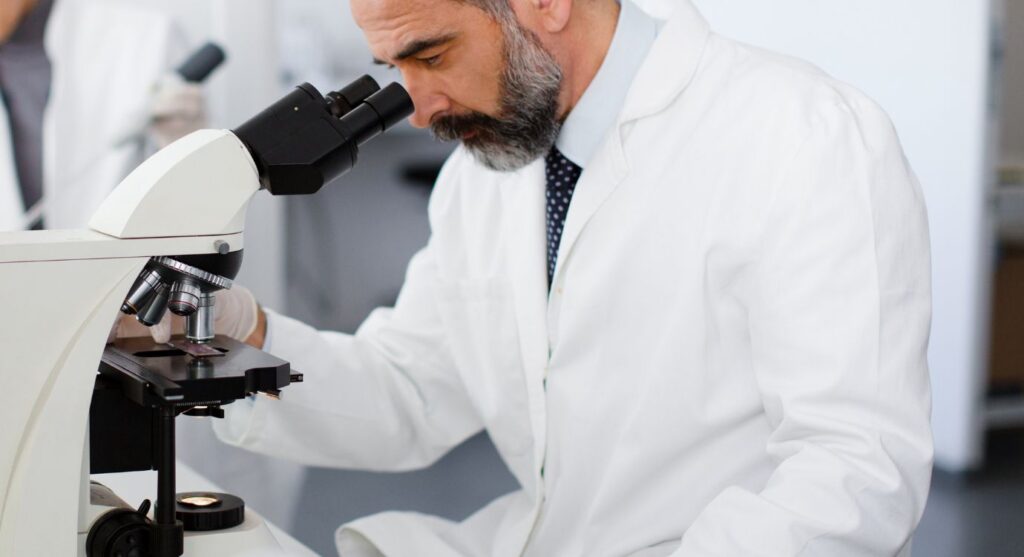

What are the effects of CBGA?
CBGA is a non-psychoactive compound, meaning it won’t make you feel high.
Our knowledge of CBGa is still in its infancy. We’re still yet to fully understand the effects of CBGa when consumed as a singular compound.
But, as we mentioned earlier, CBGa isn’t a cannabinoid – instead, it’s a precursor to some of the best-known and loved cannabinoids.
It’s now thought that most of CBGA’s effects are due to interactions outside the endocannabinoid system – the compound doesn’t interact with our CB1 or Cb2 receptors.
Read more: Endocannabinoid System
What is the difference between CBG and CBGa?
While it’s easy to confuse CBGa and CBG, the two are not the same.
CBGa appears in flowering hemp plants around the third week of flowering.
So when CBGa is exposed to light and heat, it can transform into CBG, THC or CBD. The cannabinoid CBGa converts to is dependent on which enzyme is available during the process.
CBG is the non-acidic form of CBGa – as such, the two molecules are structurally different and have different associated benefits.
Read more: CBG vs CBD
What is the difference between CBD and CBGa?
It’s difficult to compare CBD and CBGa; it’s more bread versus jam than bread versus pasta.
CBGa is a vital compound found in all cannabis and hemp plants; CBD is the cannabinoid we know and love.
CBGa also has a vital function not shared by CBD – the compound is crucial to the growing and flowering of cannabis and hemp plants. CBGa helps trigger cell death in leaves, allowing the plant to direct more energy into its buds and the cannabinoid-rich trichomes.
10% off on your first order
Complete this one-minute quiz and find the right products for you.
Final thoughts on CBGa
Since all cannabinoids start life in acidic form – as CBGa – the compound may be the key to many doors.
Scientists hope it could help us gain a greater understanding of where cannabinoids come from and how they might be used for health and wellbeing.


